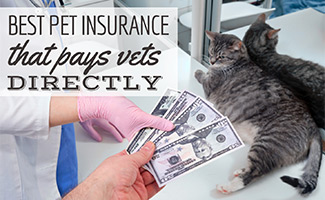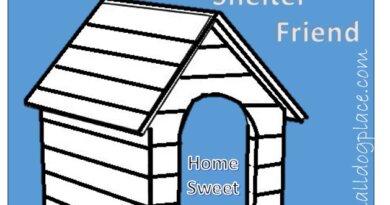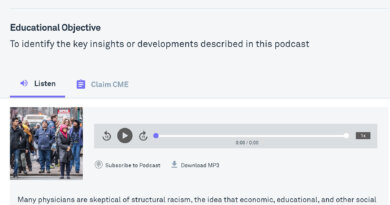Dog Helping the Helpers | The Bark
When Delray runs—ears waving like wings and jowls flying—you wouldn’t guess he’s the first of his kind in North America: an Emergency Medical Services professional peer-support dog. Purpose-bred, highly trained and heavily invested in, the big black Lab has an important job: help the helpers we rely on when catastrophes happen.
Imagine you’re a first responder. You’re routinely present for the worst moments of a person’s life, and far too many deaths. While part of the honor and reward of this high-impact profession, this also puts you at risk for psychological injury. The suicide rate among first responders (paramedics, firefighters and police) is tragically high, and services available for prevention and treatment of occupational stress injuries are still catching up.
Enter Canadians Erica Olson and Delray, the Alberta Health Services (AHS) Emergency Medical Services (EMS) Psychological Awareness and Wellness Support (PAWS) team. They work together to provide psychological health education and support to Alberta’s EMS staff, who deal with traumatic events as a part of their daily work environment.
While Delray greets and connects with staff, Olson offers information on how the job affects first responders and why their mental health is a priority, and provides some simple practices for self-care. She has found that understanding how psychological trauma affects the human nervous system can help first responders see why they need to be proactive about managing their stress levels.
GET THE BARK IN YOUR INBOX!
Sign up for our newsletter and stay in the know.
Delray’s sociability and natural resilience got him this job, and careful training and acclimatization prepared him to be his relaxed, confident and joyous self in hundreds of environments. He knows how to manage and release his own stress by shaking off, sniffing, zooming, resting and playing. You might say he’s a pro at it.
Delray has also been taught how to interact with EMS staff: “go say hi” means he wags his tail and greets people in his immediate environment; “go socialize,” he’s free to work the room; “jump on” signals that he can join a person on the furniture. He does, of course, also respond to practical commands such as “bed”; “clean” (when Olson sees drool); and “release,” which means he’s free to explore and sniff. Sniffing, Olson says with a smile, is his gateway drug, one of the ways he regulates the stress he might feel and returns to his amiable and calm demeanor.
His training and the consistent way in which Olson handles him has shaped him into a dog who fits seamlessly into life with humans. Judging by his joyful nature, he wouldn’t have it any other way.
A few years ago, I met Erica at a horsemanship clinic my husband, Mark Rashid, and I were teaching, and was impressed by how easily she smiled and how funny she was. Recently, she and I chatted about her four-year odyssey.
Bark: Tell us more about Delray’s background.
Erica Olson: Delray—bred, raised and trained by Pacific Assistance Dogs Society (PADS), an Assistance Dogs International accredited school—was born in Florida at the Southeastern Guide Dogs facility, and his litter was named after Florida beaches. His mom was a PADS dog, and she and her litter returned to Canada shortly thereafter. At eight weeks old, Delray entered basic training in Calgary and at one-and-a-half, went to advanced training in Vancouver.
Delray was considered to be a very good candidate for either an accredited facility or mobility assistance role. He found mobility assistance—opening doors, turning on lights, retrieving and so forth—fun only when a food reward was involved, but was a natural at facility work, which involves working alongside a dedicated handler to provide psychological support and emotional comfort to others. He needed no encouragement to engage with people on a daily basis.
People sometimes think that Delray is trained to seek out stress or those in need. He is not. That type of training is utilized when the relationship is between individuals with specific needs (PTSD or anxiety disorders, for example) and their own support dogs.
As a facility dog, Delray’s job is to connect with people. Selected for his social and resilient nature, he was then carefully prepared to deal with hundreds of environmental variables so they didn’t get in the way of him doing his job. PADS graduates are supported throughout their careers, and work only as long as they are healthy and enjoying the job.
Bark: How did you come to this work?
Olson: Connecting with animals has always been meaningful to me. I knew early on that I wanted to work with horses, but it was tough to impossible to make money that way. Then in 2010, I found a career in paramedicine that was more rewarding than any of the careers I had tried previously.
I enjoyed connecting with patients and realized that the human/animal bond might be worthwhile sharing with others, but didn’t know what that could look like. To find out, I started studying equine-facilitated wellness and coaching. That led me to the horse-training philosophy I learned with you and Mark.
This education provided a foundation for listening to horses, dogs and myself in a way that enabled the internal shifts I needed to make to practice animal-facilitated wellness. The journey has been so rewarding, and I continue to learn and grow through this work.
When AHS EMS formed a committee to focus on the psychological health of EMS providers, I applied and was lucky to get a seat. That is where the PAWS program was initially created in March 2015 and developed through two years of literature reviews and research. It launched in October 2017.
Bark: What is the most memorable working experience you’ve had with Delray?
Olson: Right after the program launched, we dropped into a station in northern Alberta to visit with EMS crews. The intent of these visits is to make the crews aware of the program and to promote the value of caring about their psychological health on-shift and off.
One of the crews had just returned from a difficult call, and a paramedic shared that it was actually one in a string of difficult calls over the course of the tour. The paramedic briefly mentioned that they were carrying stress from the recent calls before the conversation drifted to lighter content.
Delray was on-leash at the time, and when the paramedic came over to meet him, he gave his signature wiggly hello, then settled and leaned on the paramedic’s legs while we visited about the weather.
I had not seen that behavior before and I have not seen it in that way since. I heard back after our visit that the paramedic found Delray’s body pressure comforting and his attention meaningful and supportive in the midst of a really tough day.
This may seem like a small thing, but Delray intuitively chose a natural way to connect with someone who was highly stressed. Those moments can change the tide inside us, from just treading water and coping to restoring, tuning in and realizing what else might be needed to recover in the midst of acute or chronic stress.
Bark: How has Delray changed your day-to-day life?
Olson: Living with Delray seals the deal on not only knowing what healthy is, but living it every day. The basic daily routine of grooming, exercise and training is rewarding for both of us. I love refining my ability to offer clear communication, and regularly work with the trainers at PADS to support our growth. I feel honored to care for him—although finding his hair in my breakfast did take some getting used to.
Follow Delray on Facebook @delraypaws and Instagram @delray.paws
You can also learn more about Olson and Delray at ahs.ca/paws and about PADS at pads.ca

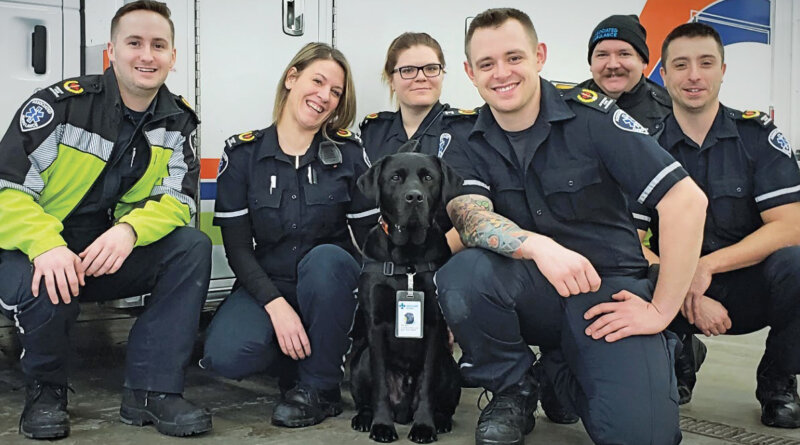
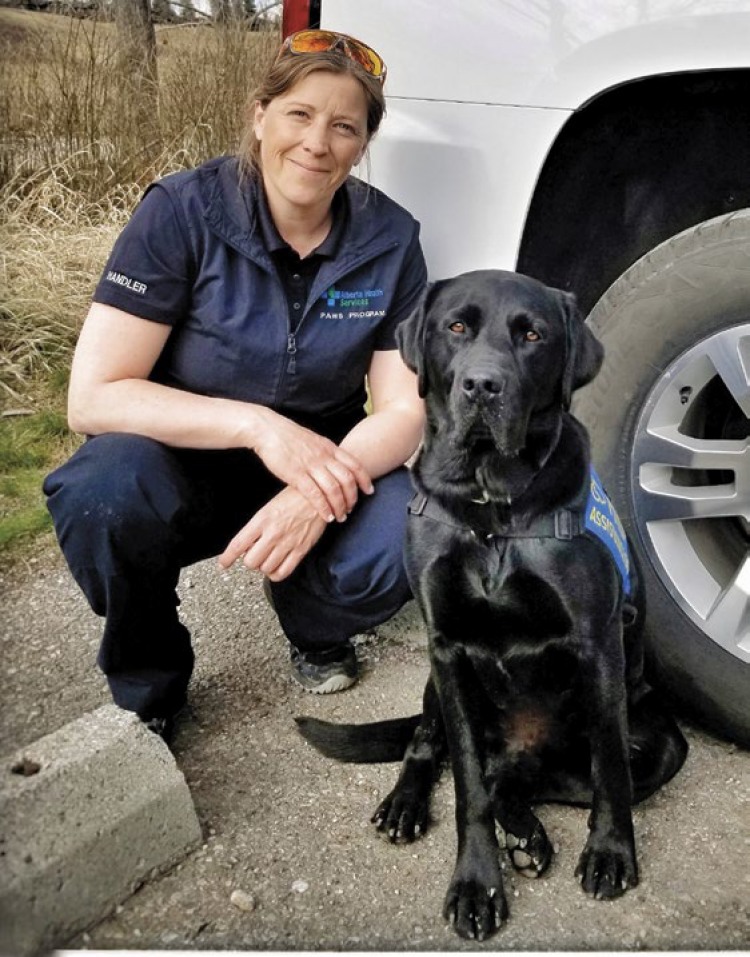 Olson and Delray
Olson and Delray